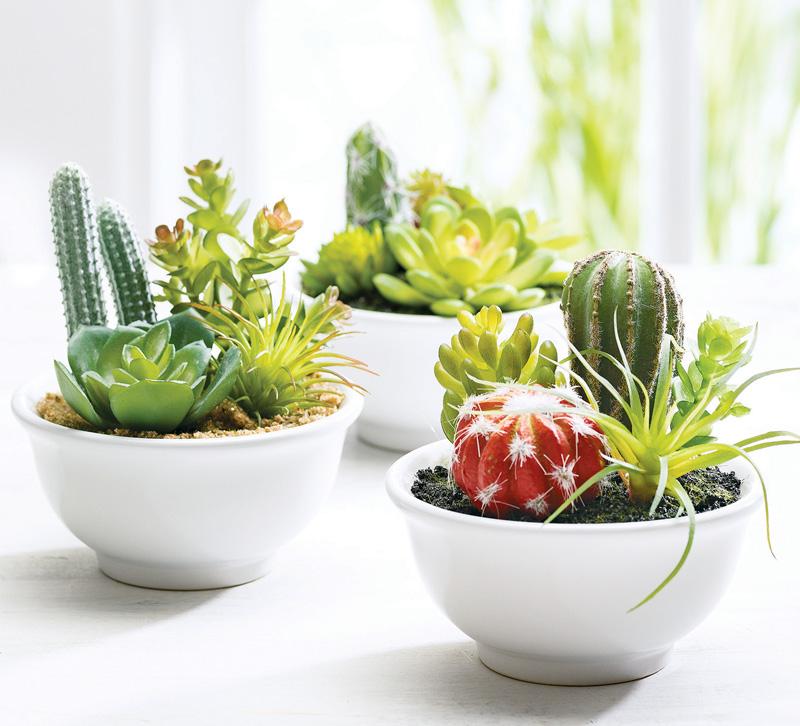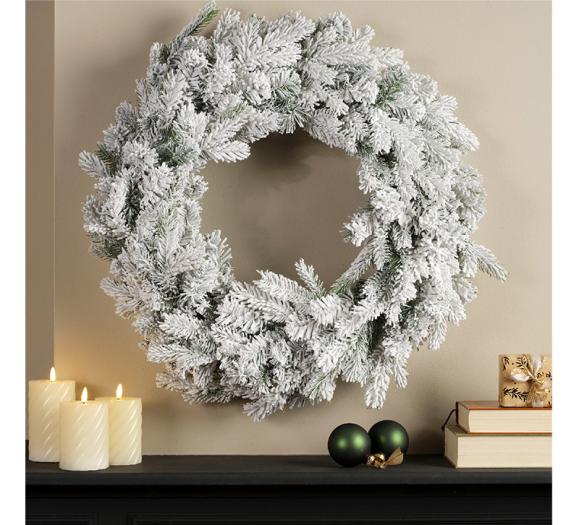Plants help us feel closer to nature, provide an overall feeling of calm and wellness, and complement a range of decor styles. As people increasingly want to bring the outside in to homes and businesses, they’re turning to faux botanicals — flowers, trees, shrubs, succulents and more — for the feel of the outdoors without the maintenance of live plants.
“As floral designers, we have an affinity for fresh — nothing beats fresh flowers,” says Rich Cherry, Director of E-commerce for New Growth Designs. “That said, is there anything more depressing than flowers that have not been adequately watered or cared for? Fresh flowers are temperamental in nature, require ongoing maintenance and have a short lifespan; unless someone is available to provide ongoing care, you end up with an eyesore that can ruin a space.”
The idea of having a home full of live plants is appealing for many, but modern lifestyles don’t necessarily support the upkeep required to keep these plants alive.
“People are busy but don’t want to sacrifice the beauty of natural elements in their homes,” says Denise Lee, Vice President of Product Development for Sullivans. “With the trend toward natural looks and home accessories, artificial plants can add the warmth of nature into any home with very little maintenance.”
While faux florals and foliage have gotten a bad rap in the past, according to Cherry, the realism made possible by modern craftsmanship has moved these pieces past the inexpensive craft store shelves and into the homes of design-conscious consumers.
how they’re made
Over the years, manufacturing has evolved from the plastic artificial foliage of the 1970s to the plants made from the silk-like material pongee in the 1980s, according to Lee. Trees and bushes were the most prevalent categories, with fall-colored leaves gaining traction.
Now, the manufacturing process for these plants is more sophisticated and involves more hands-on techniques. According to Lee, Sullivans product designers spend at least two months per year in China working on new product development, supporting the team’s focus on developing new designs, materials, construction and finishes. She explained how Sullivans’ manufacturing process works.
“For more complex and detailed plants or those with colorful or variegated leaves, the fabrics are normally silk screened first in huge yardage runs, all by hand,” Lee says. “After drying they are stacked on a cutting table in multiple layers taking care to line them up precisely so that the die cutting tools will cut consistent leaves when [they pass] through the layers. Each leaf is then put into a pressing machine where it is pressed and molded to plastic that is injected into the pressing machine. An assembler puts the various plant components together and is responsible for the final details that will add to it’s realism, such as hand painting the stem or trunk, adding roots, coco fiber, powdering or flocking details.”
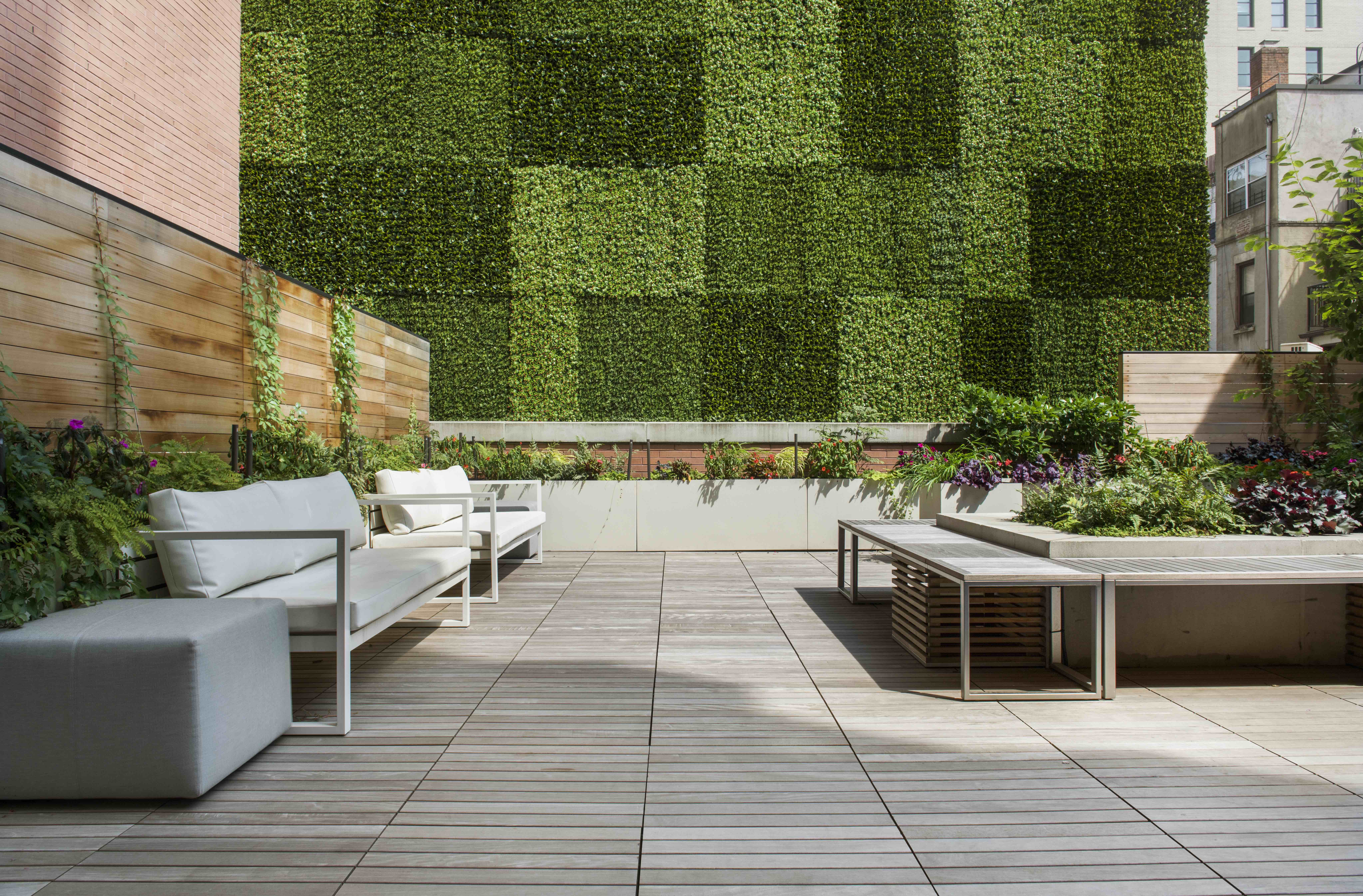
New Growth Designs was started 25 years ago, growing out of a family-owned Greenville, NC, fresh flower shop. Today, the company uses its roots in fresh floral design to produce lifelike artificial plants.
“High-quality faux flowers done well are an art, and discerning buyers need not be reluctant to use them,” Cherry says. “Our flowers are made by hand with utmost attention to detail; many have hand-painted accents and go through numerous additional processes to create the most realistic flower possible. Every arrangement is assembled using techniques learned from years of experience working with fresh flowers in our workshop in Greenville.”
In modern faux botanical production, fresh plants are an integral part of the production process and serve as more than just inspiration for their artificial counterparts.
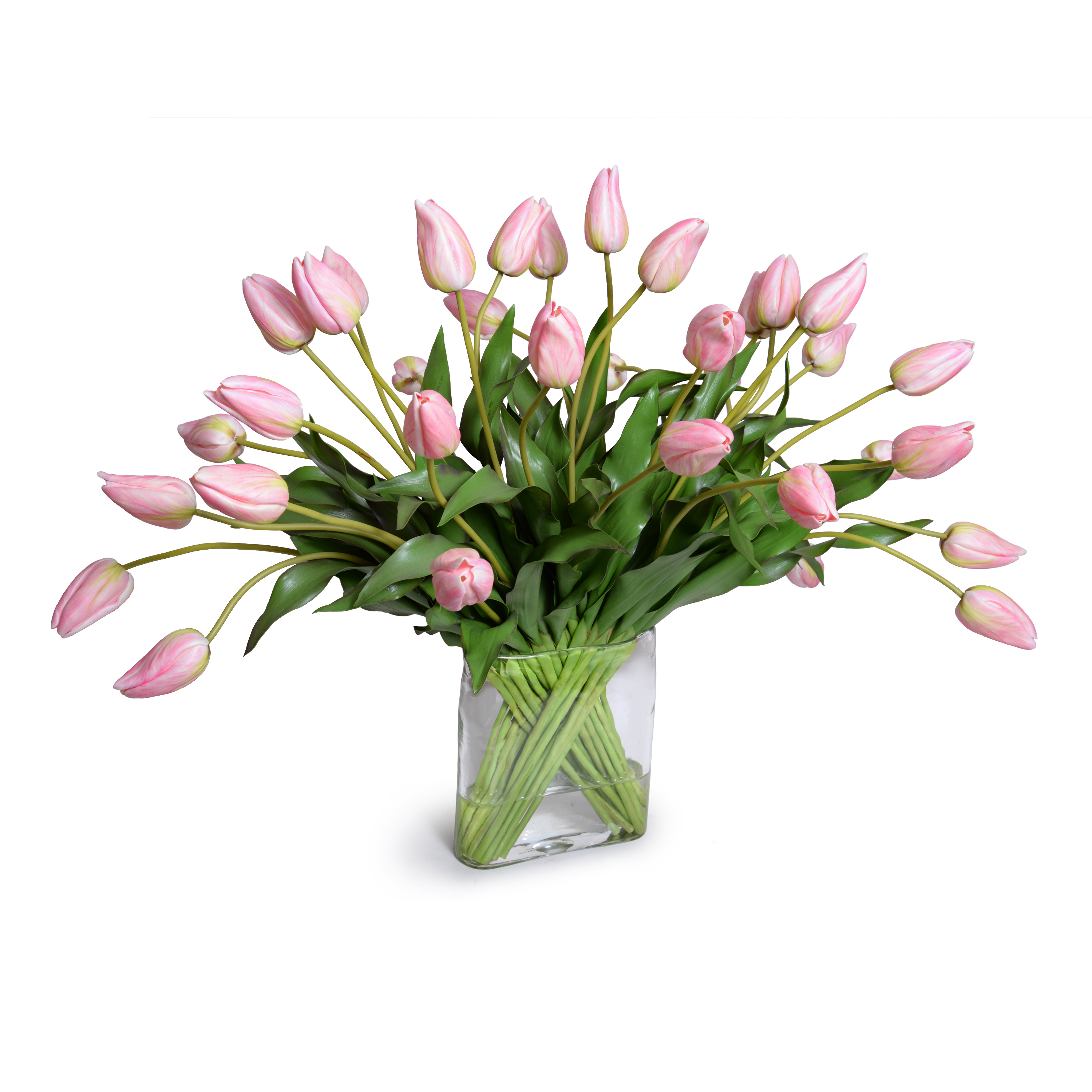
“Today’s molds are often made from casts of actual plants,” Lee says. “Trunk and stem treatments mimic nature and may also be formed from plastics which are hand finished. Silk screening is still very much in use and the newest technology is a photorealistic printing process whereby the plant materials can be photographed or created digitally and printed onto fabrics.”
Succulents, another popular faux plant category, have evolved past molded hard plastic to more flexible soft plastics or foam that have made the plants lighter, less expensive and more realistic.
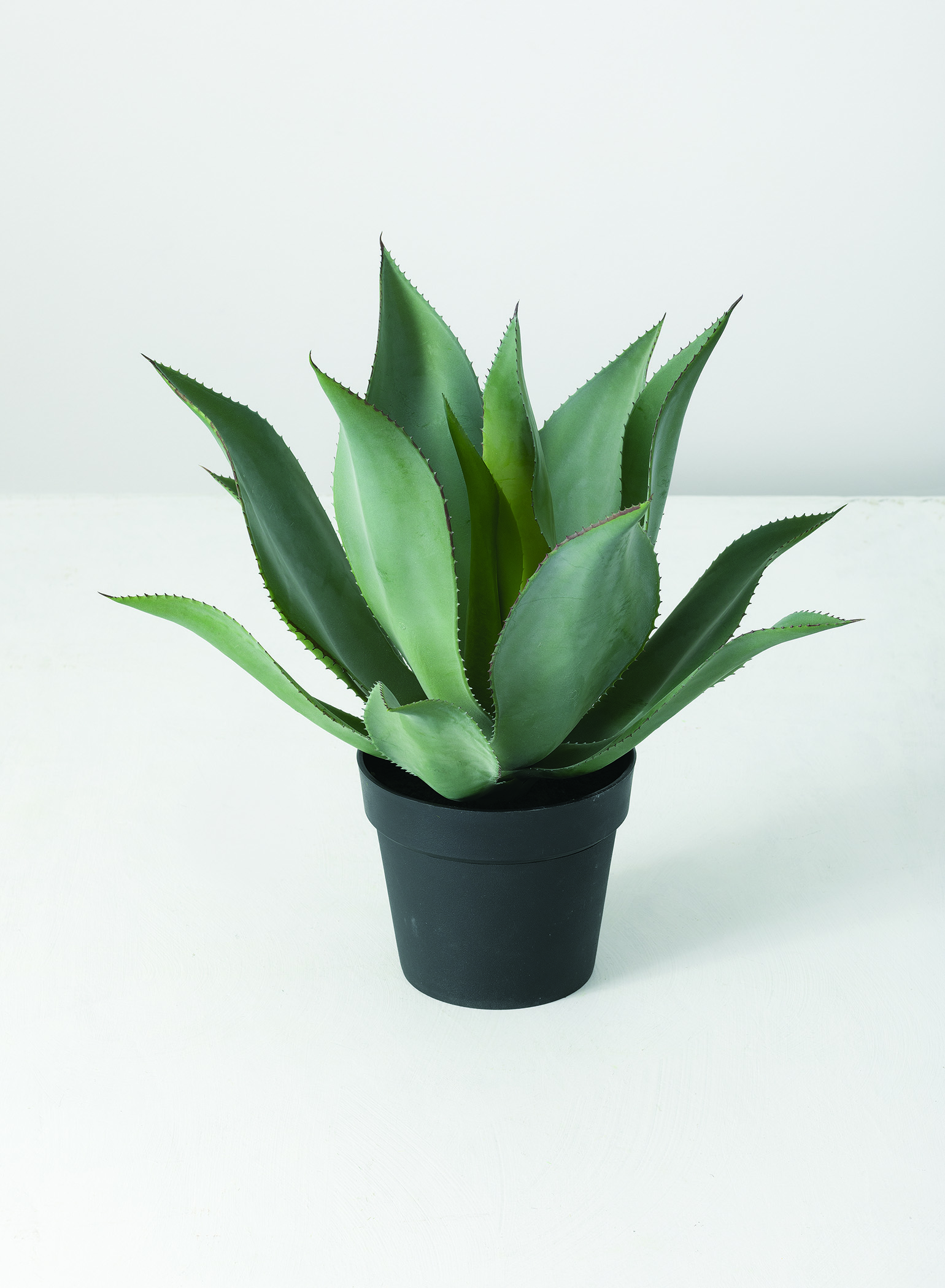
While realism is the main customer request, Lee and Cherry agree that price is also a concern.
“Though high-quality faux flowers are likely more expensive than fresh upfront, they are more cost-effective over the long run after factoring in the expense of continually replacing fresh flowers,” says Cherry.
today’s trends
As for what’s trending, Cherry notes that today’s faux plants aren’t just for the indoors. In drought-prone areas, or places with less-than-ideal growing conditions, these plants can be practical alternatives to live trees, bushes or florals.
“In the past few years, we’ve seen growing demand among designers for new ways to enhance outdoor living spaces,” he says. “Customers want the same attractive, maintenance-free convenience of interior plants for the exterior as well, especially in urban environments that may not have ideal growing conditions.” New Growth Designs offers Enduraleaf, a UV-blocking polymer that created inherently fade-resistant permanent plants for outdoor use.
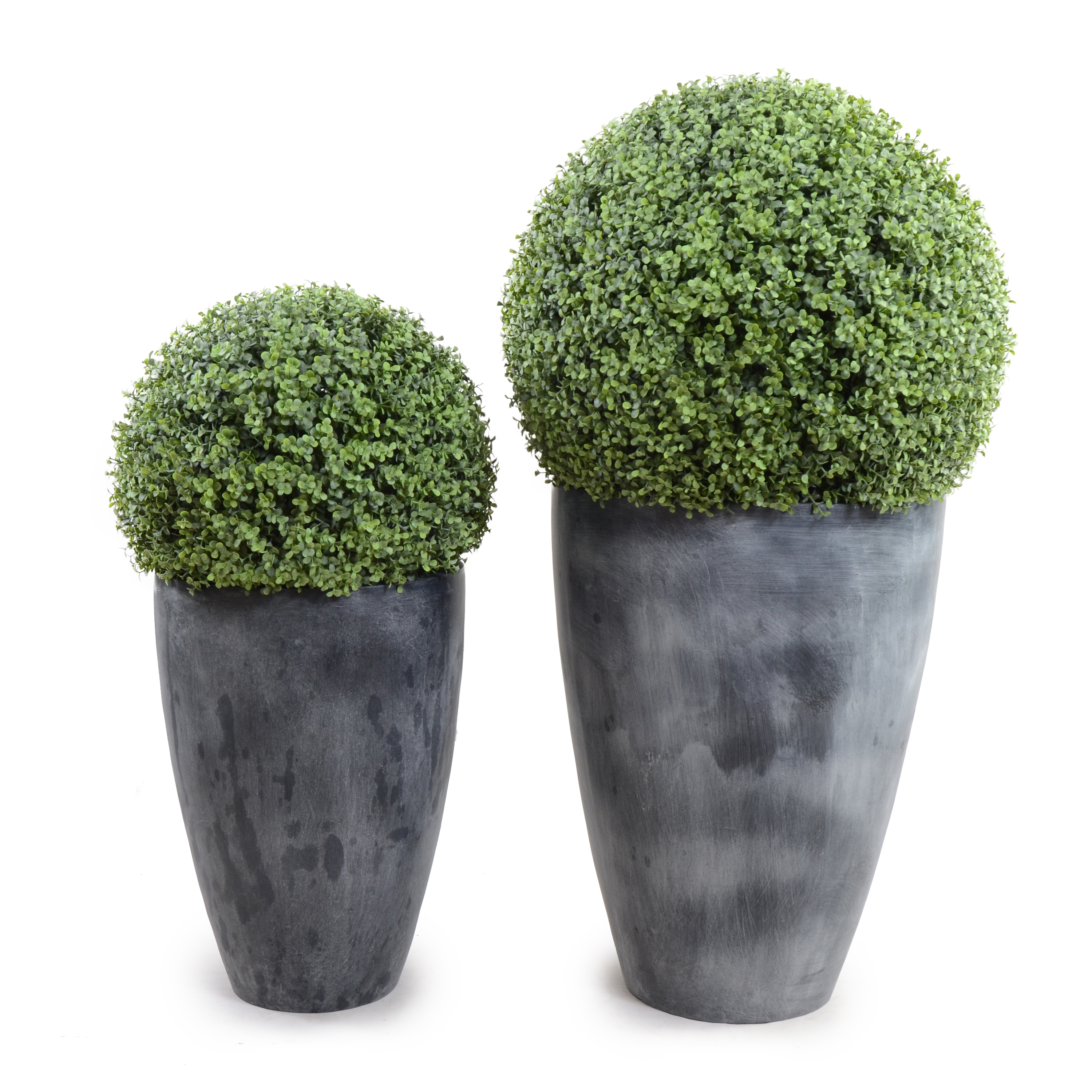
Customers are also going big when it comes to greenery, but smaller in other areas, according to Lee.
“We are seeing a movement towards ferns and larger tropical plants and palms,” she says. “Succulents are still strong. Cactus were projected to be a major force a couple of years back but as a house plant we didn’t see that trend take off, though we found folks love small varieties of cactus. Evergreens and boxwood for indoor and outdoor use and weddings are also on trend.”



